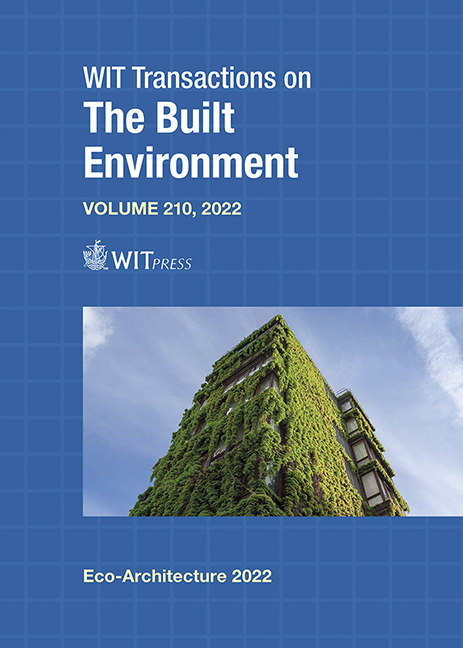LANDFORM BUILDINGS AND THE FUTURE OF CONSTRUCTED TOPOGRAPHIES
Price
Free (open access)
Transaction
Volume
210
Pages
11
Page Range
189 - 199
Published
2022
Paper DOI
10.2495/ARC220161
Copyright
Author(s)
RENÉ C. DAVIDS
Abstract
Innovative technologies, advanced design methodologies, and an increasing demand for improved building performance prompted by widespread concern for degradation of the natural environment have provoked a reconsideration of architecture’s traditional relationship to the ground. In the past, building construction was adjusted as necessary to accommodate challenging terrain, but using advanced modelling technology, contemporary architects now design landform buildings, or landscrapers, which simulate naturally occurring topographic features, including artificial mountains, dramatic geological formations, excavations deep into the earth, vegetated roofs, and landscaped promenades at high elevations walked upon or over. By merging the ground plane and built fabric, new construction can be better integrated with environmentally sensitive sites and reduce resource consumption. Rather than merely follow topographic contours or occupy a given site, landform buildings can provide its replacement. This paper will examine how landform buildings utilize properties usually associated with the natural environment such as continuity with surrounding topography, weathering, contextual integration above and below ground, and programmatic indeterminacy to achieve unique expressions of local, regional, or national identity, improving their surroundings, enhancing their experiential potential and advancing architectural practice.
Keywords
landform building, landform, topography, landscape architecture, constructed landscape, landscraper, environmental architecture, sustainable architecture





